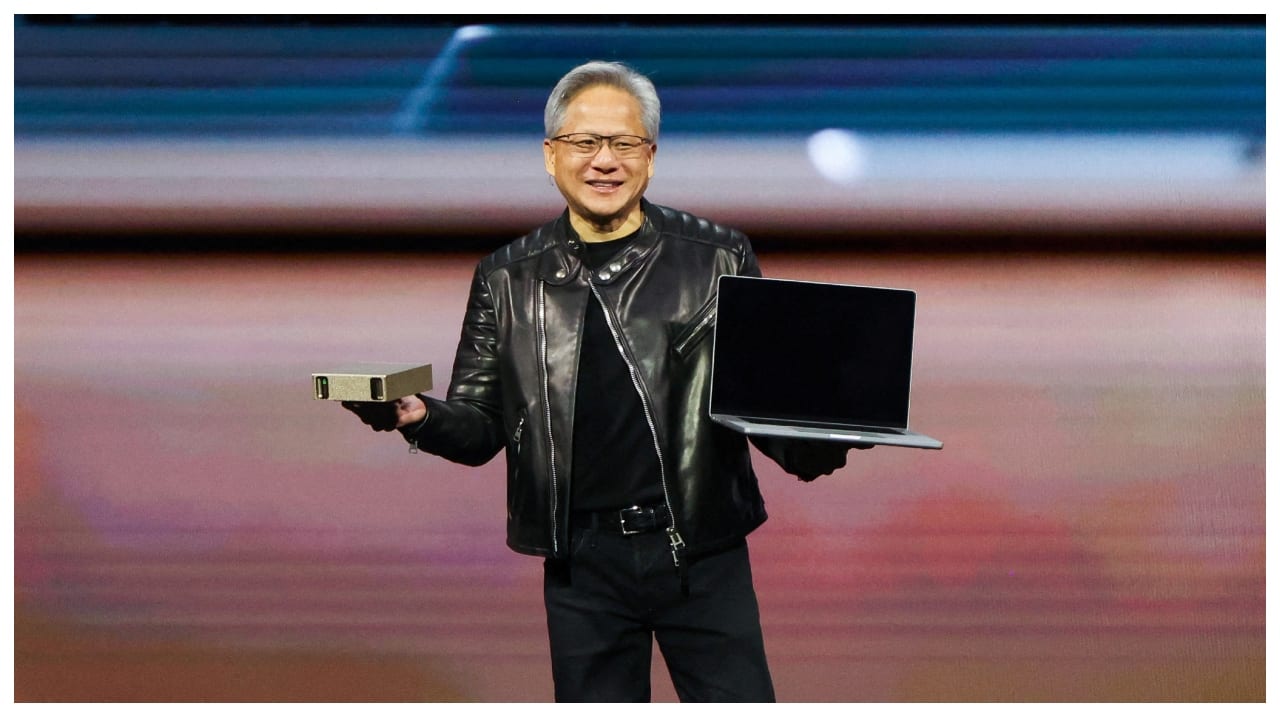China Holds World's First Humanoid Robot Kickboxing Match

A pioneering event in the world of robotics, the China Media Group (CMG) World Robot Competition – Mecha Fighting Series, featured humanoid robots engaging in kickboxing matches in Hangzhou, China, on May 25. This competition marked the debut of robotic fighters in a full-fledged combat sport, showcasing a new dimension in robotic capabilities and entertainment. The event was broadcasted by China Central Television (CCTV), bringing the robotic duels to a wider audience.
The robotic combatants were four Unitree G1 models, developed by the Chinese tech company Unitree Robotics, known for its advanced humanoid machines. Each robot stood approximately 132 centimeters tall and weighed around 35 kilograms. These pint-sized fighters were put through preliminary tests to demonstrate a variety of kicks and punches, which also helped organizers refine the competition rules.
The robots operated in a human-machine collaborative manner. According to Unitree director Wang Qixin, the company utilized "AI technology to let robots learn," employing motion capture techniques based on professional fighting athletes. This data allowed the robots to learn combat movements in a virtual environment. During the competition, human trainers remotely controlled the robots using joysticks, guiding their pre-taught moves. Unitree team member Chen Xiyun emphasized that while the machines were pre-programmed with movements, human operators ultimately directed their actions in the ring.
The competition format involved three, two-minute rounds, with victors determined by a points system. A punch to the head earned one point, while a kick to the head was worth three points. Penalties were incurred if a robot fell (five points lost) or remained down for over eight seconds (ten points lost). In one of the initial matches, a robot in black headgear faced one in pink. After an exchange of strikes, the black-clad robot was the first to be knocked down but made a strong comeback, eventually knocking down its pink opponent in the third round with a front kick. A second knockdown, where the black robot pinned the pink one, secured its victory. Following eliminations, the robot in black headgear was ultimately crowned champion after defeating a green-clad opponent in the finals.
While the matches generated excitement, with videos showing the robots exchanging punches and kicks with notable coordination, the strikes were described as more akin to soft pushes than impactful hits. Nevertheless, the movements displayed impressive balance and speed for machines. The event served as a platform to test and showcase the expanding capabilities of artificial intelligence and robotics in dynamic, real-world scenarios. However, it also brought to the forefront discussions about AI safety. One social media user humorously commented on the presence of a human referee in the ring.
Concerns regarding robot safety are not new. Earlier this year, a Unitree robot was reportedly seen in a viral video reacting aggressively to its handlers during a demonstration. Another incident during February’s Spring Festival Gala in Tianjin involved a robot allegedly charging towards a crowd. These events, along with cases like a robot reportedly injuring a worker at Tesla's factory in Texas, have fueled growing unease about the potential risks associated with advanced robotics. Experts often point to software glitches and inadequate testing as common causes for such incidents, underscoring the critical need for rigorous quality control in AI development.
Looking ahead, another robot fighting event, reportedly featuring full-sized robots, is scheduled for December in South China’s Guangdong Province, indicating continued interest and development in this domain.











